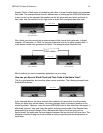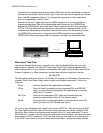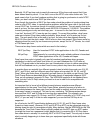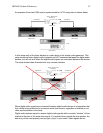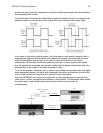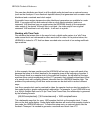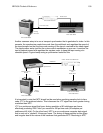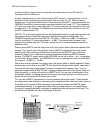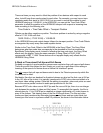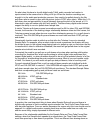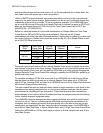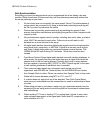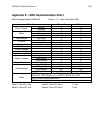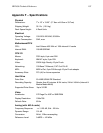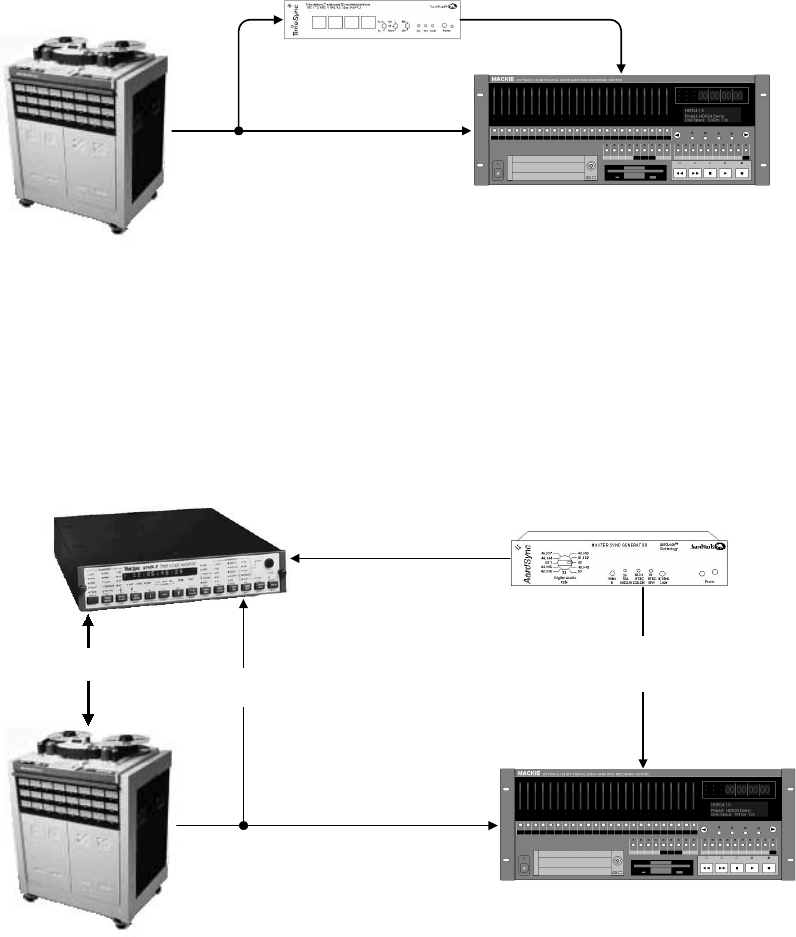
HD24/96 Technical Reference 100
Another common setup is to use a transport synchronizer that is genlocked to video. In this
scenario, the synchronizer reads time code from the multitrack and regulates the speed of
the tape transport so that the time code coming off the tape is resolved to the video signal.
The synchronizer works just like the cruise control mechanism on your car: it monitors the
tape’s playback speed and regulates the capstan motor to keep the tape moving at a
constant speed. A typical setup using a synchronizer looks like this:
It is important to note that MTC should not be used when resolving sample clock to time
code; LTC is the preferred choice. This is because the LTC signal has much greater timing
resolution than MTC.
LTC is a continuous signal that has a timing resolution of 80 subframes per frame,
effectively producing 2400 “ticks” per second for 30 fps time code (20 samples per
subframe at 48 kHz). On the other hand, MTC is a non-continuous computer data signal
that is sent out in “packets” 4 times per frame. The timing of these packets is often jittery
and irregular due to the nature of the hardware that generates MTC. Resolving to MTC
Clock Slave /
Time Code Slave
LTC Time Code
Analog
24-Track
Time Code Master
Word Clock
Time Code Resolver
Video or Clock Slave
/ Time Code Slave
LTC Time Code
Analog
24-Track
Time Code Master
Synchronizer
LTC Time
Code
Transport Speed
Control
Blackburst
OR
Word Clock
Blackburst
Video / Word Clock Generator



